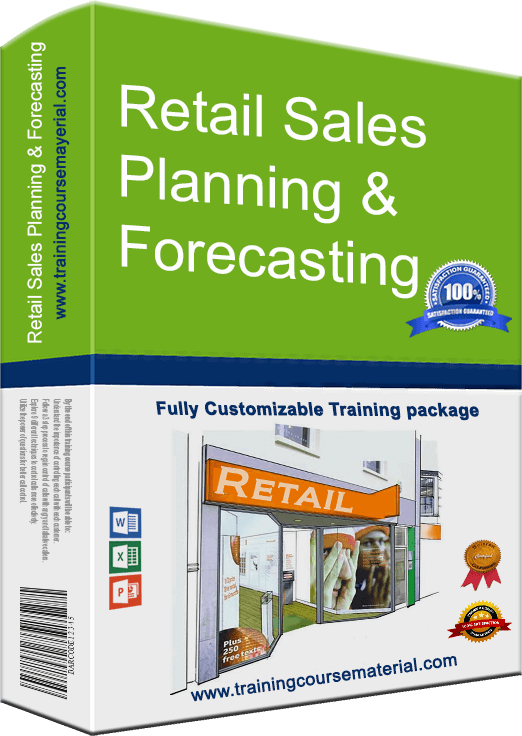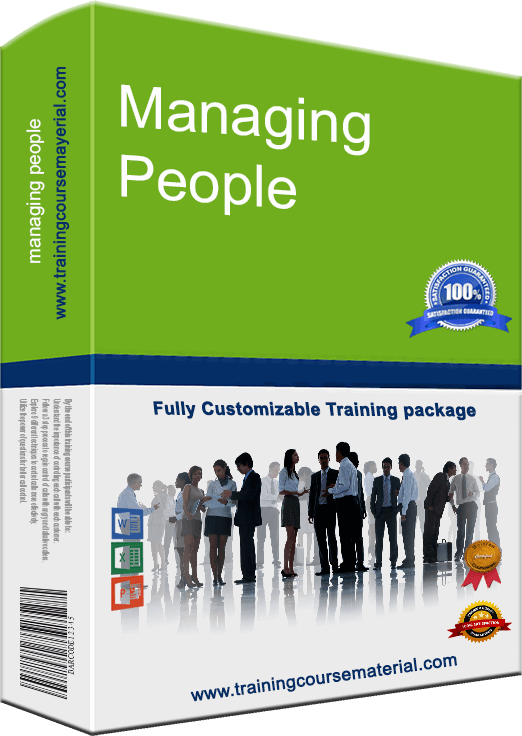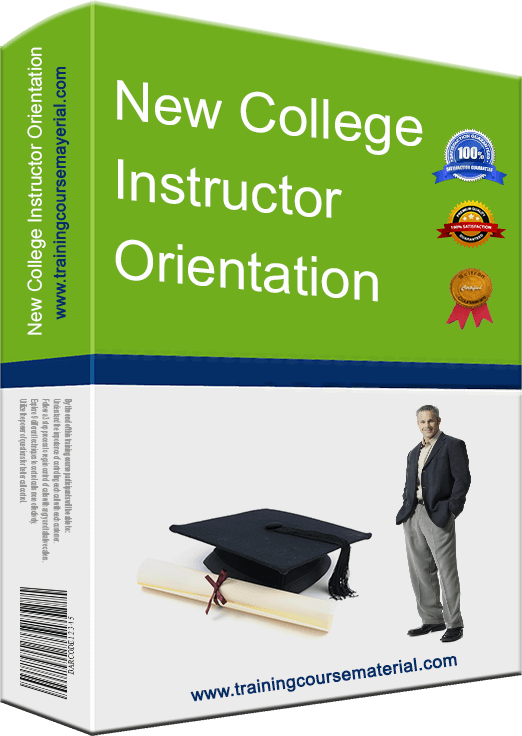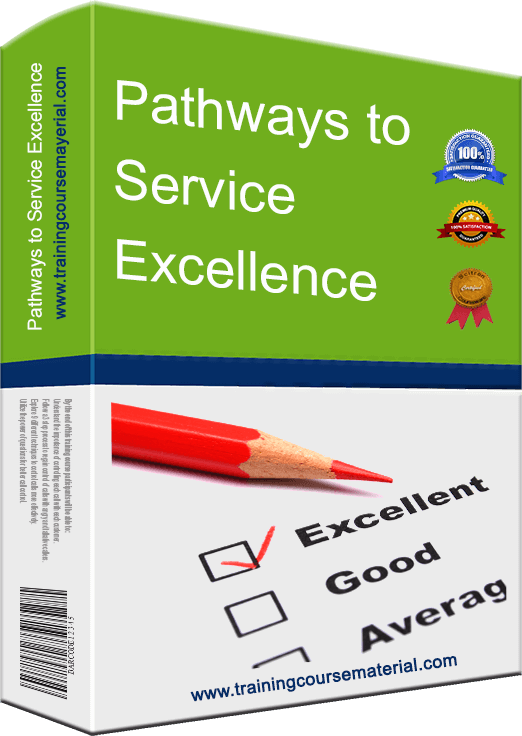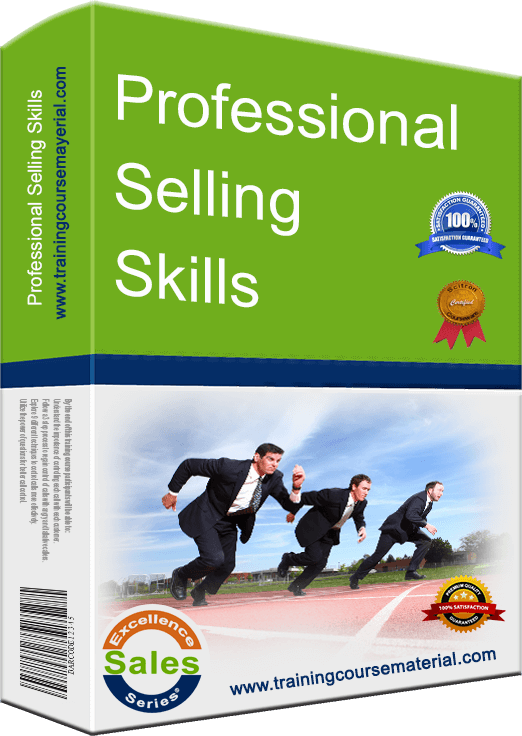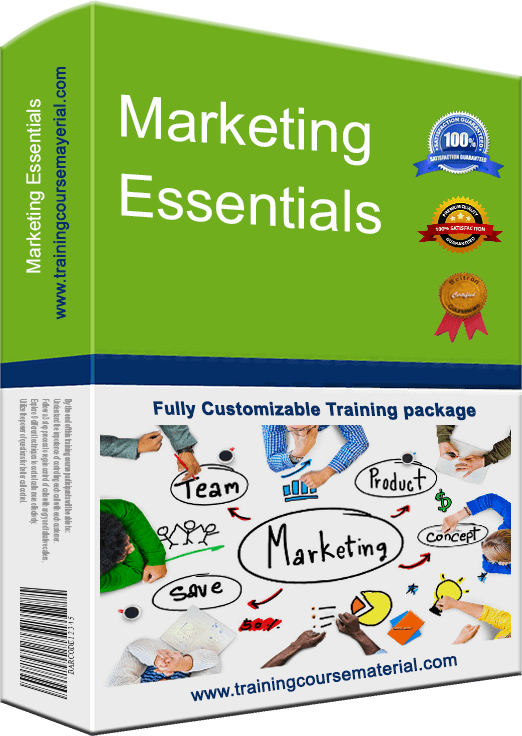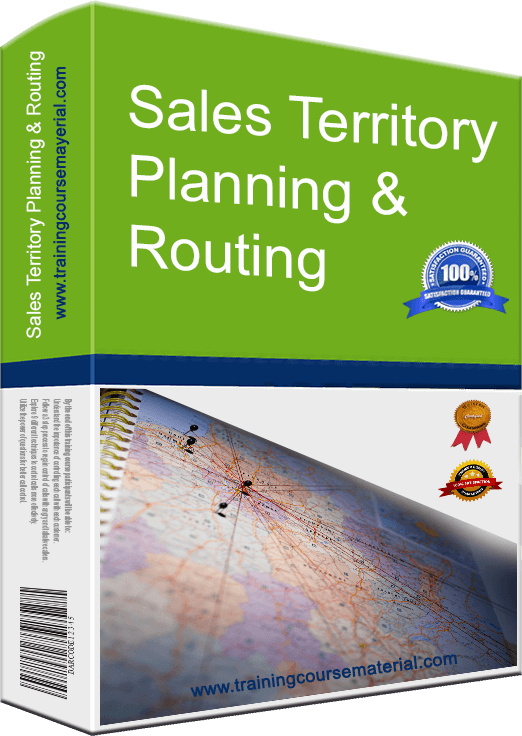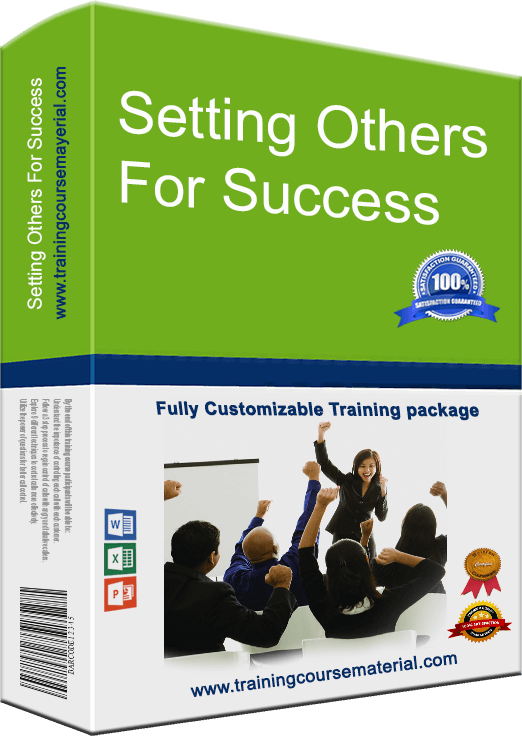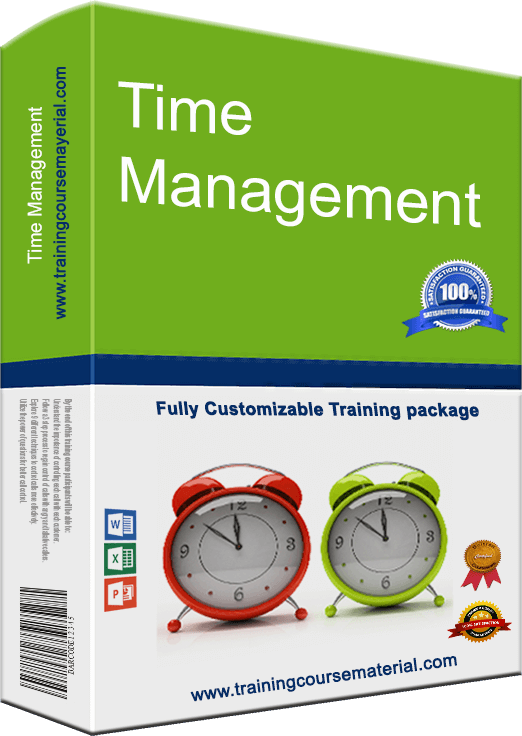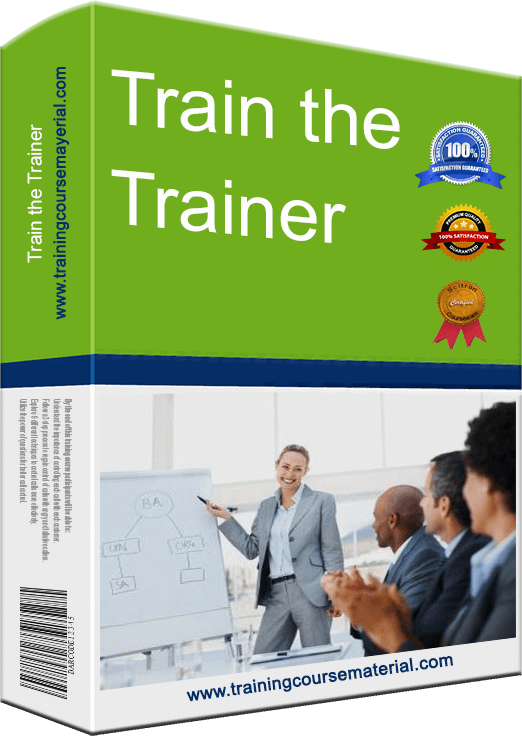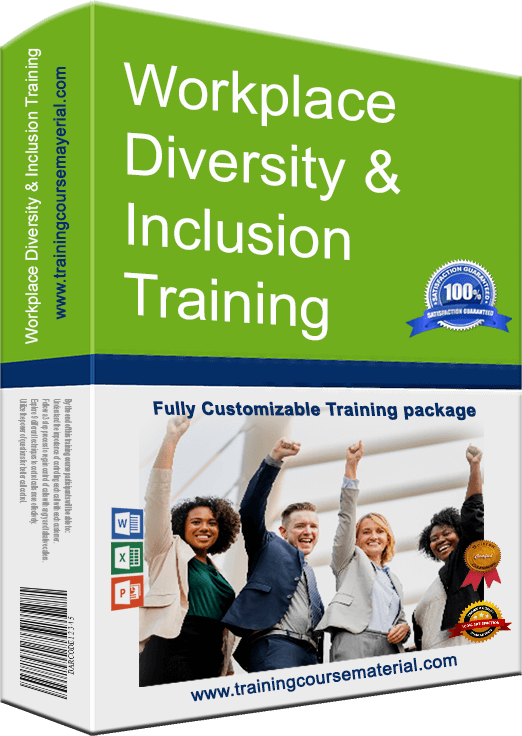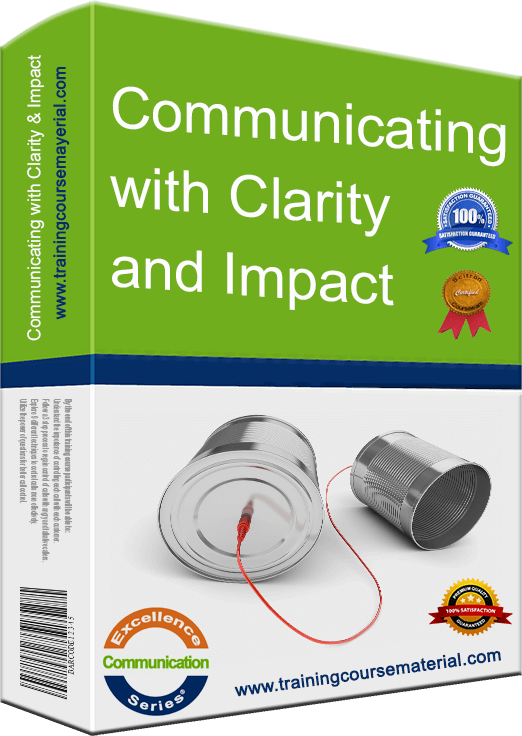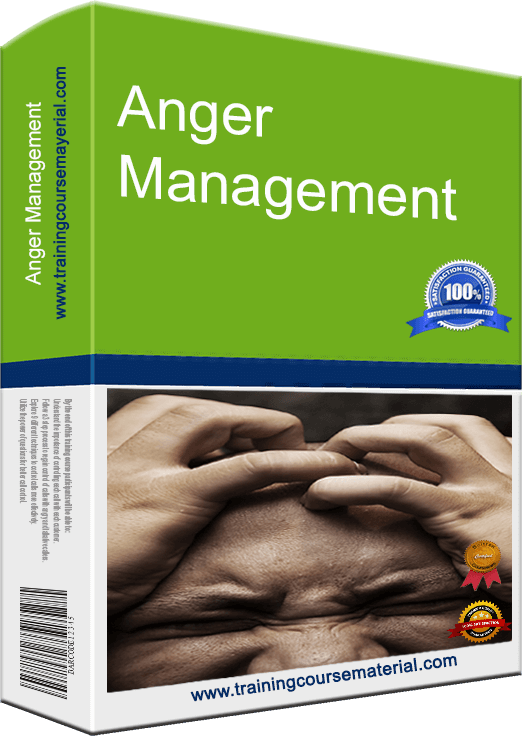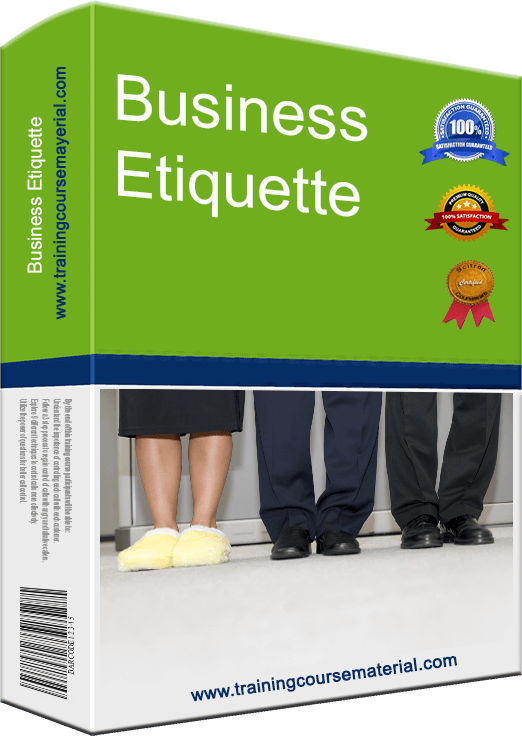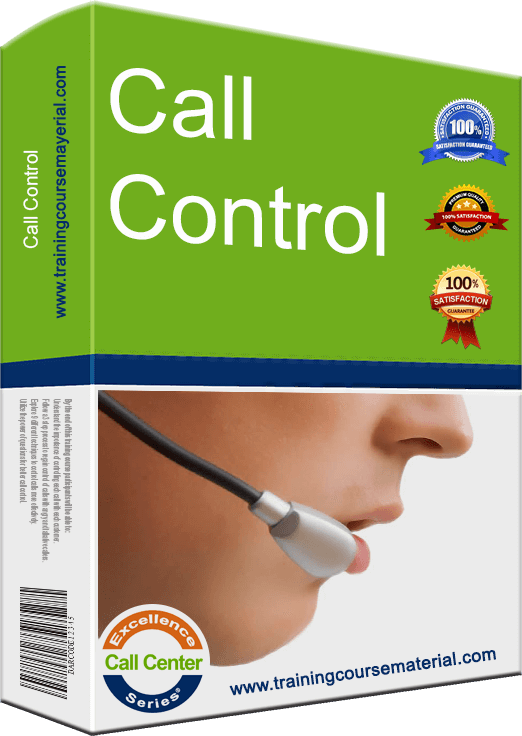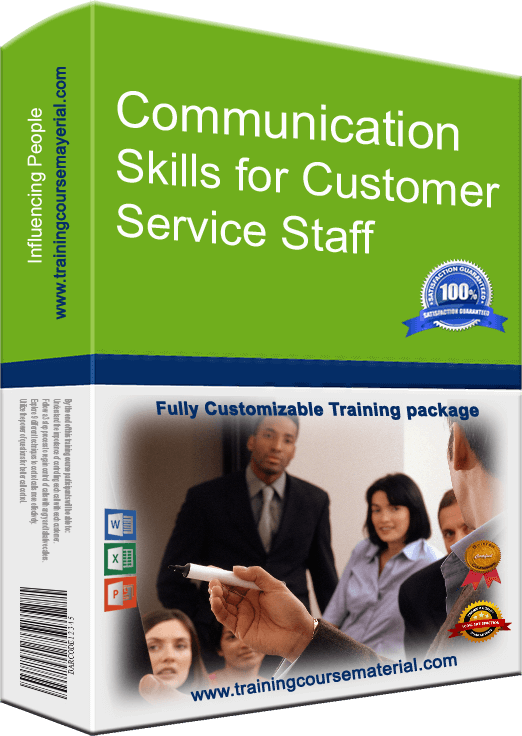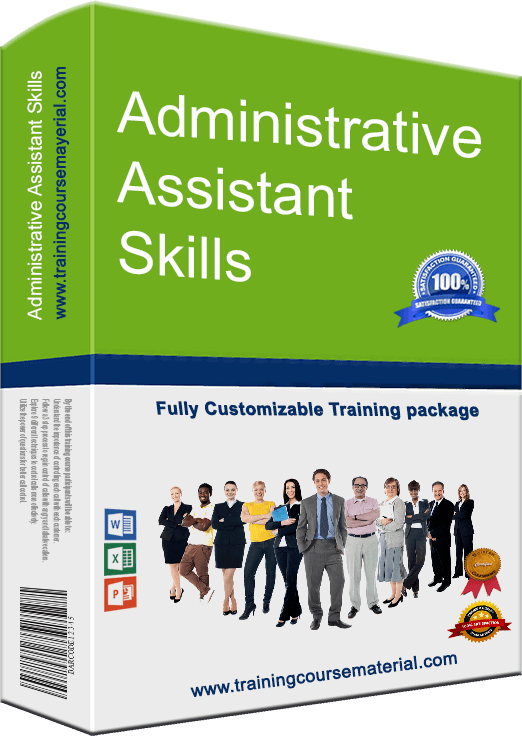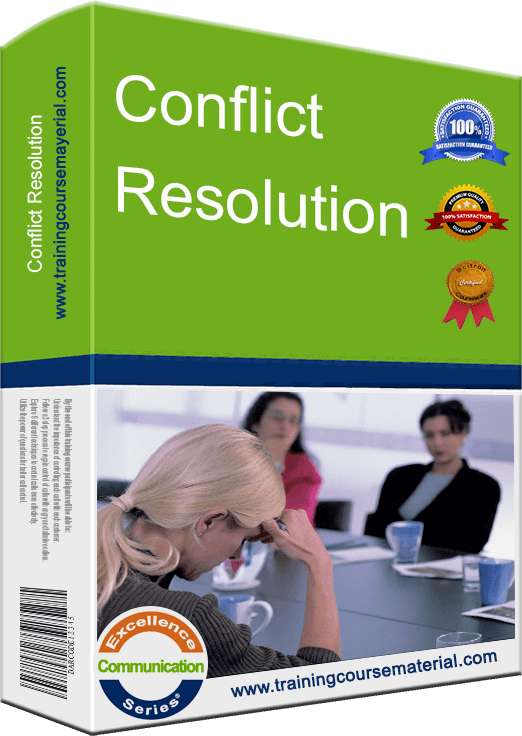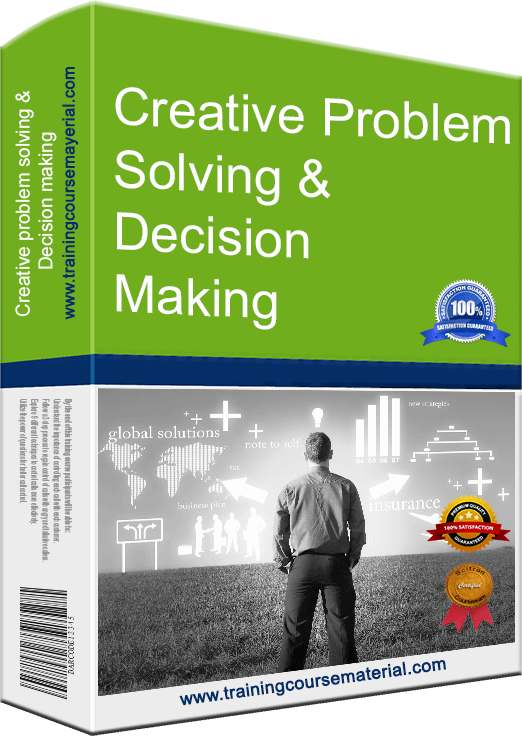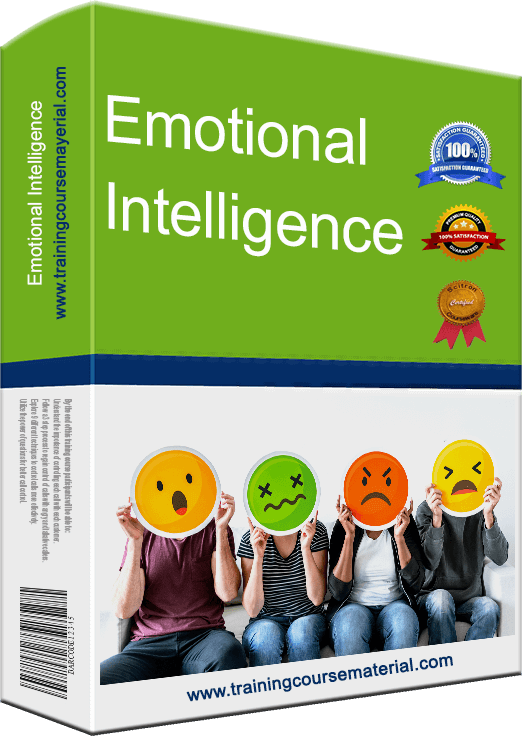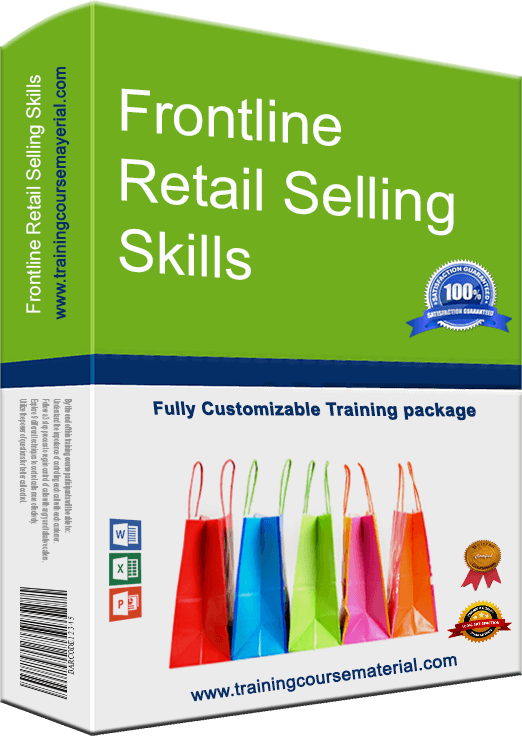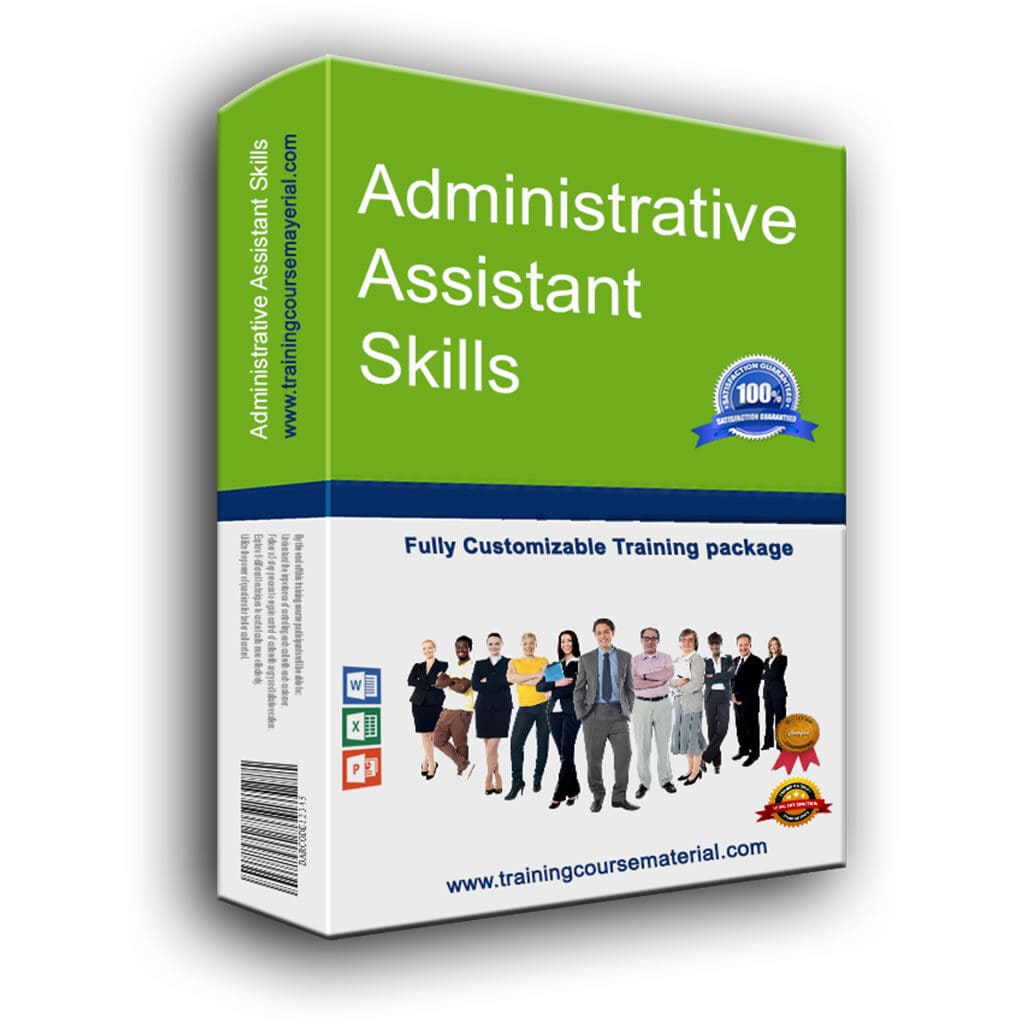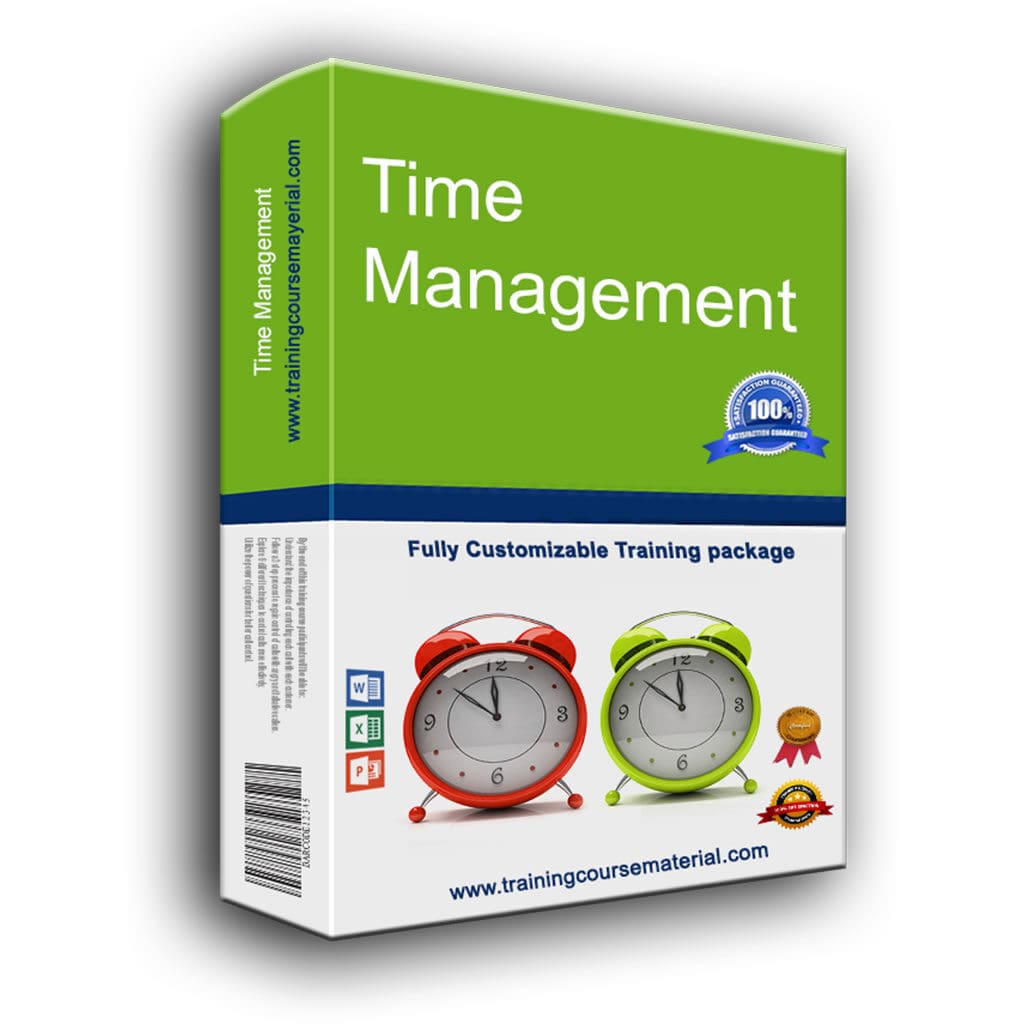How Much Training is Too Much Training?
How Much Training is Too Much Training?
- Free Trainer Tips
- /
- Last Updated: 02 April 2021
- /
- Hits: 4701

Human beings are learning all the time. We start learning things from the minute we are born, and we keep learning new things until the day we die. We don’t stop to think about much of what we learn, it’s so commonplace. So when you attend a training session as a participant, or you run a training session as a trainer, you might not stop to ask yourself how much training is too much training? How much do you need to know about a topic before you can move on to the next? These are important questions, especially when it comes to designing and delivering training programs for your clients. Here are several ways you can know that you are providing the right amount of training to your clients.
Participants Can Apply the Information Right Away
When delivering training courses, one of the sure signs that the training is going well and that the adequate amount of information has been provided is if the participants can use the information right away. If they can apply the new knowledge to their existing jobs, or responsibilities in life, then you know you are on the right track. If participants are staring at you with blank looks on their faces, you might need to give them a little more content so they can make sense of what you are offering them.
Participants Reach a Saturation Point
You’ll be able to tell fairly quickly when you’ve given a training group enough information about a topic: they’ll start to nod their heads, and break away into chats with their colleagues about how it applies to them. They might even say to you, “let’s move on” because they feel confident about what you have taught them. This happens when retraining is scheduled. When clients take safety training each year, they quickly recall the information they learned last year and hit saturation points faster than those who did not attend the training the year before.
When You Struggle to Fill Time
If you have finished your training session and still have some time left, you might not have provided all the information that participants need to get the most out of the training session. Even if they are quick learners and you worked fast, you should always have additional exercises or activities to offer them to show that learning has taken place. Most topics require only one or two exercises to demonstrate understanding, but if you have time anyway, you can reiterate points, and conduct exercises to make sure you’ve provided enough information.
You Don’t Have Enough Time
The other side of the coin is that you might not have enough time to complete training because you spent too much time on one topic. If you oversaturate one topic, that means that another topic might be left incomplete. This can vary significantly from training session to training session, and the outcome might depend heavily on the group you are training. But being aware of how much time is needed to teach specific content is essential.
It can be easy to assume that more content is better if you are a new trainer. As you become more experienced, you learn how much information people need to start applying concepts, ideas, and activities to their jobs and lives. Training is meant to be introduction to new things and mastery happens outside of the classroom. If you are trying to achieve proficiency in your training sessions, they will last hours longer than they need to. Using a variety of assessment methods including question and answers, feedback, peer reviews, case studies and more can help you determine if participants are grasping the materials you are teaching. Once you feel like they get it, you can move on. And if you aren’t sure, you can ask them if they feel comfortable moving on. They’ll let you know if they need more information.

34 Full Courses & 6 Mini Courses
Get all available programs
& save ...!!
Price: $4499.95 $2995.95
Great Value For Money
Read More
Are You a
Visual, Auditory or Kinaesthetic ?
How well do you
cope under
pressure?
.
Are You A
people person?
.
Forward looking, or
Stuck in a time
warp?
How content
are you?
.
How soft-centred
are you?
.
Find Out
Your Leadership
Style
How
Emotionally intelligent are You ?
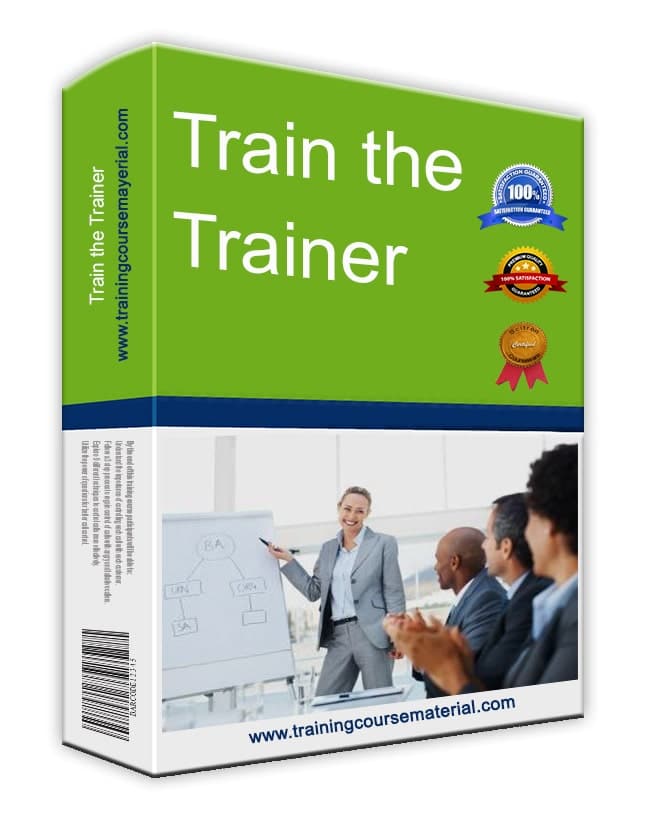
|
+ | 
|
The Presenter-Trainer Package®
Train The Trainer
Presenting With Impact
Price: $359.95 $299.95
SAVE $59.95
Read More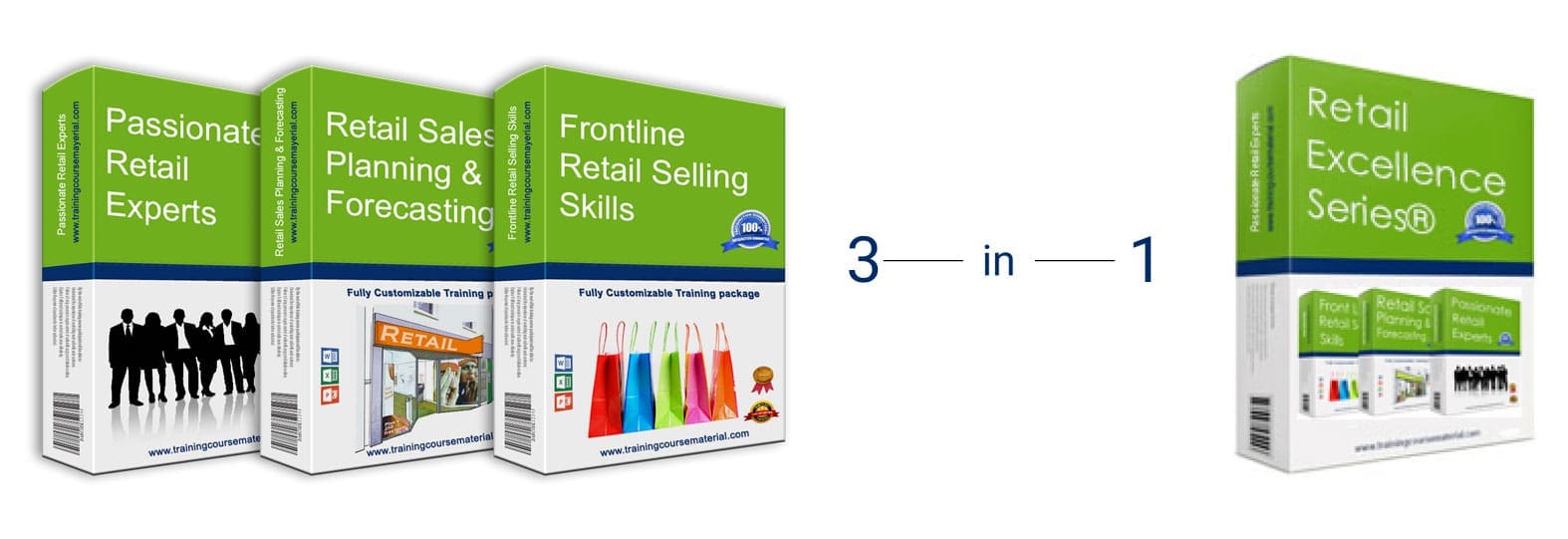
Retail Excellence Series®
3 Complete Courseware
Packages in 1
Frontline Retail Selling Skills
Retail Sales Planning & Forecasting
Passionate Retail Experts
Price: $539.855 $349.95
Pay for 2 Get 1 Free
Read More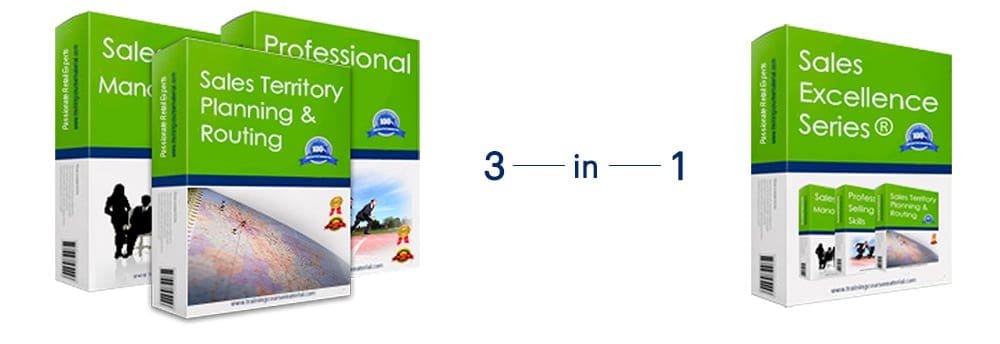
Sales excellence series®
3 Complete Courseware
Packages in 1
Sales Management
Professional Selling Skills
Sales Territory Planning & Routing
Price: $539.855 $349.95
Pay for 2 Get 1 Free
Read More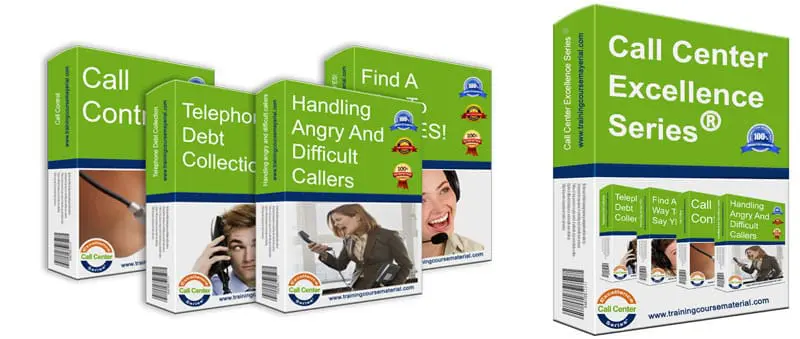
Call Center Excellence Series®
4 Complete Courseware
Packages in 1
Handling angry and difficult callers
Call control
Find a way to say YES!
Successful telephone debt collection
Price: $719.95 $449.95
Pay for 2 programs and Get 2 programs Free
Read More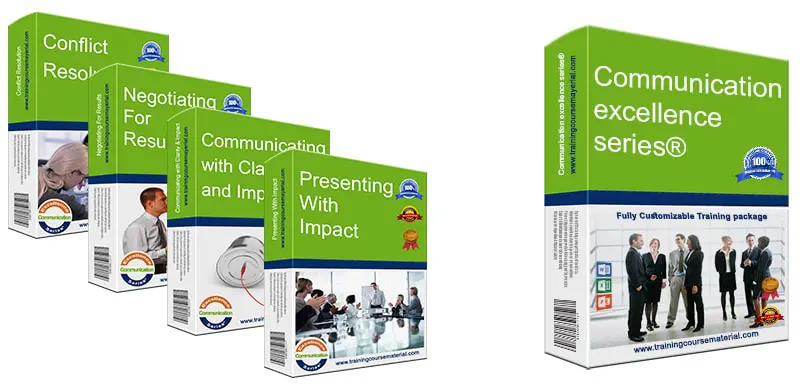
Communication Excellence Series®
4 Complete Courseware
Packages in 1
Communicating with clarity and impact
Negotiating for results
Conflict resolution
Presenting With Impact
Price: $719.95 $449.95
Pay for 2 programs and Get 2 programs Free
Read More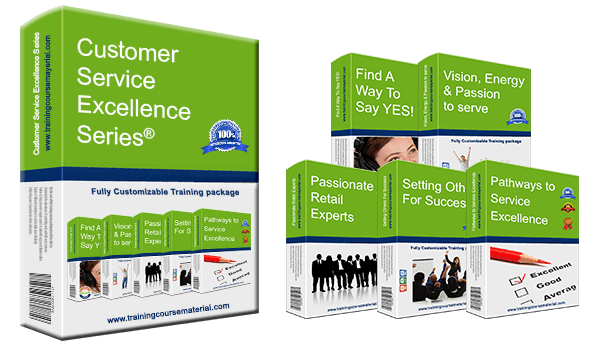
Customer Service Excellence Series®
5 Complete Courseware
Packages in 1
Vision, Energy & Passion To Serve
Pathways to service excellence
Find a way to say YES!
Passionate Retail Experts
Setting others up for success
Price: $899.75 $599.95
Pay for 3 Get 2 Free
Read More
Instant Download
Training packages
Price: $199.95 $179.95
No matter who you are, we all have 168 hours each week. Your ability to best utilize those 168 hours will ultimately determine your success. Using self-discovery, hands-on activities and innovative concepts, throughout this high energy training program, participants will learn how to get better control of their time and their life in general.
Price: $199.95 $179.95
A highly engaging one-day training program packed with a plethora of fun activities and games focusing on the key characteristics of high performing teams.
Price: $199.95 $179.95
All you need
to deliver a great training!
Our training material packages come with all you need to provide
a professional and accelerated learning solution with
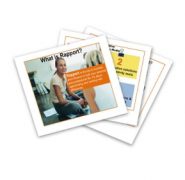
High Impact
Power Point Slide Deck
To support immersive learning, a high impact professionally designed power point slide deck to engage trainees at all levels.

Student
Workbook
A comprehensive reference workbook you can give out to your class participants as a quick future reference.

Trainer
Guide
With step-by-step clear directions with tips and suggestions on what to say and how to present each slide.

Activity
/Exercise Sheets
Various training material and support documents to help you both explain and debrief the different exercises, activities and games Plus a fun final Jeopardy style review game as a fun ending for your training program.

Additional
Support Documents
To ensure you have all you need to deliver a complete and professional training program, additional supporting documents are included with each full course material package. From training evaluation forms to 5 different certificate templates that you can edit and hand out to your participants at the end of your training.

Job Aids
& Forms
Specific forms designed to extend and reinforce the training that participants can utilize back on the job to help them apply the new learned concepts (Select training material packages)

